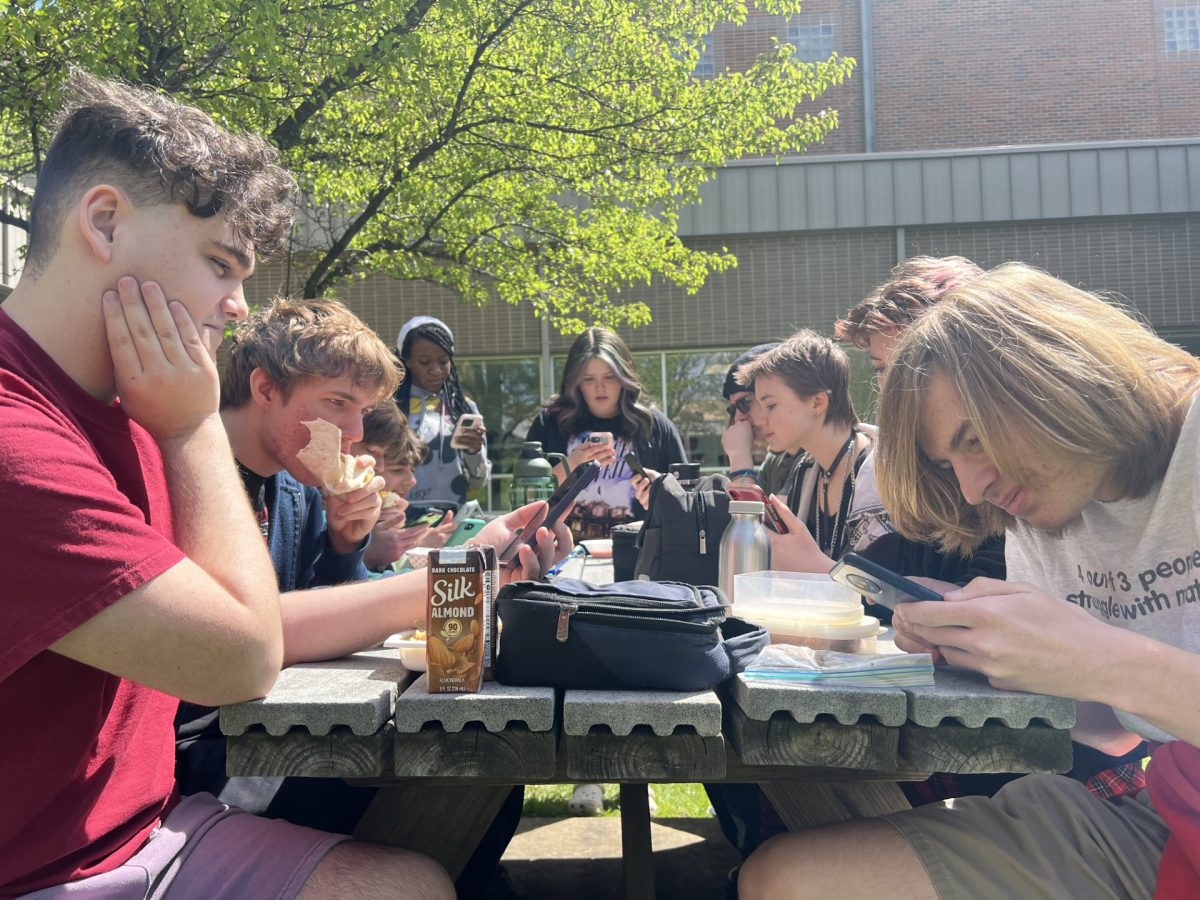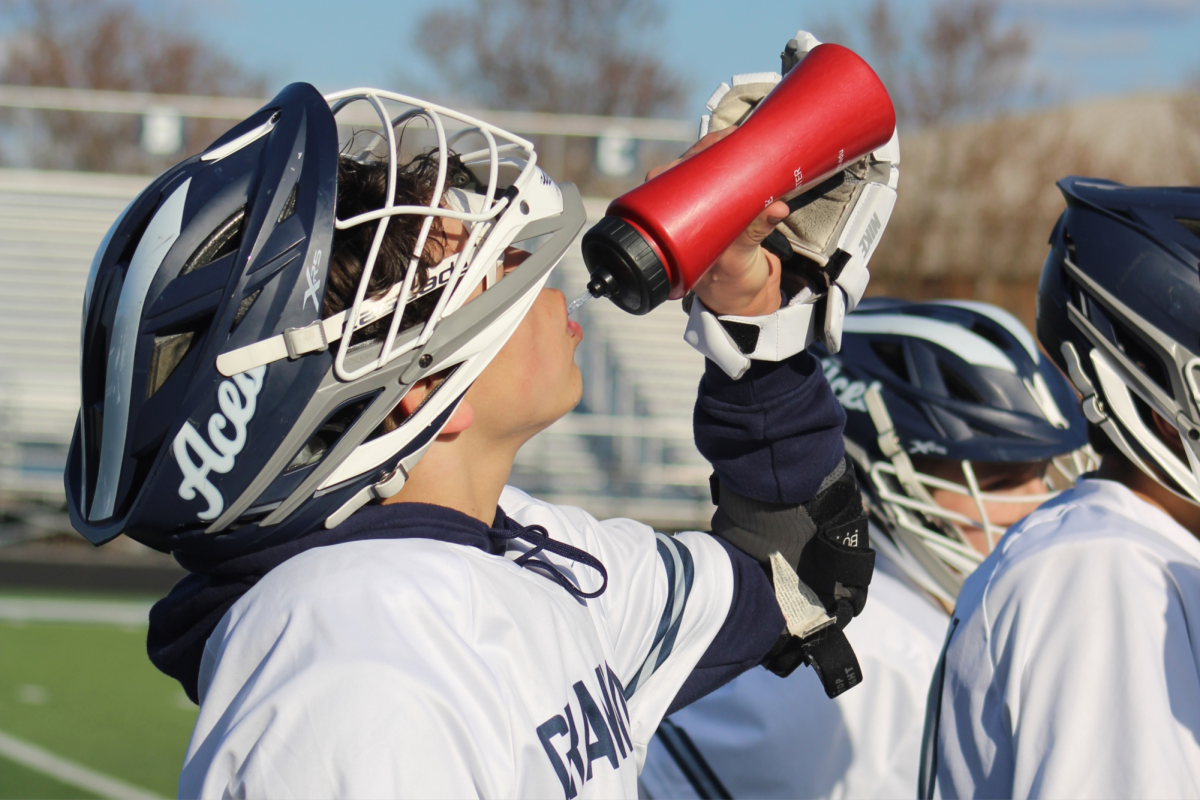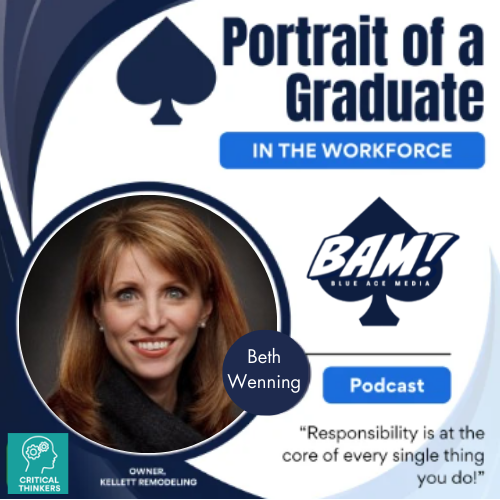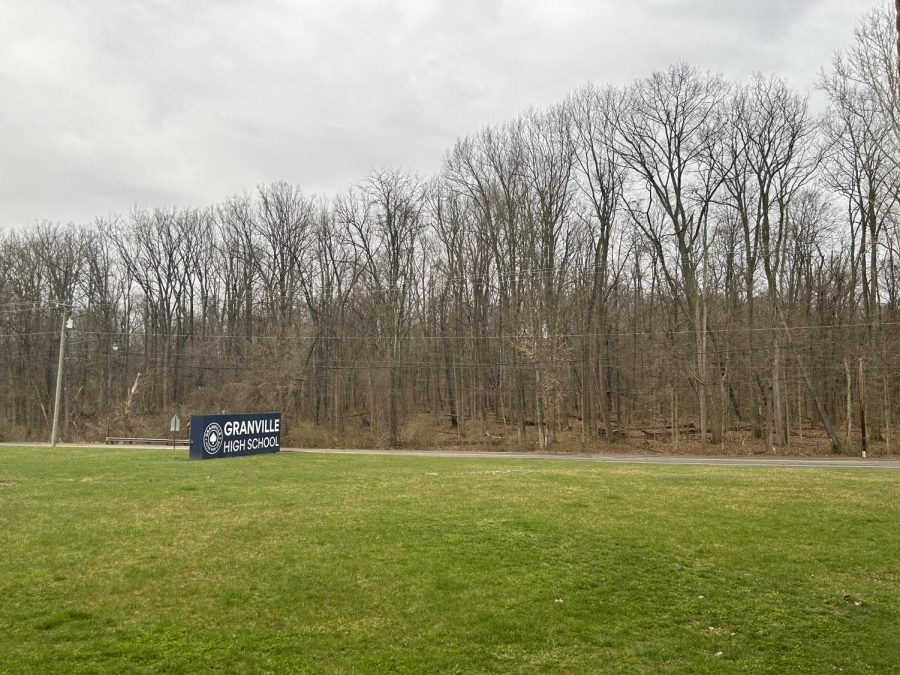Seasonal depression
Outside the doors of Granville High School on a gloomy, rainy day.
February 13, 2023
Seasonal depression, also referred to as Seasonal Affective Disorder (SAD), is very common among teenagers throughout the United States. During the changing seasons, stress seems to increase around the halls of the school. Whether the increase is caused by overloads of homework, starting a new sports season, or dealing with normal teenage drama, most people would call the decline in mental health that follows “seasonal depression.”
The counselor’s office is a safe space to go to when a problem pops up in a student’s life. It is important to have a comfortable environment for students to be able to speak freely about their problems.
“The onset of mental health disorders statistically is usually around age fourteen, on average. When it’s grey and dark and cold that it impacts adults around me, so I anticipate that it also impacts students,” school counselor Mrs. Cosgrove said.
According to the National Institute of Mental Health, “people may start to feel “down” when the days get shorter in the fall and winter (also called “winter blues”) and begin to feel better in the spring, with longer daylight hours.”
“I feel like the weather has a large effect on my own mental health and could affect my friend’s mental health too,” senior Lilly Hoch said.
Weather changing could be a reason many people all over the United States struggle with depression; however, it is hard to explain the internal reason for changes in mood.
“I have struggled with seasonal depression myself, along with a few friends,” senior Lilly Hoch said.
Academically, it can be difficult to keep everything in order, especially when dealing with declining mental health.
“I definitely do think that seasonal depression affects students academically,” Mrs. Cosgrove said.
“Grades, a lot of the time, are tied to how well you managed your time and how much you forced yourself to do something that you didn’t want to do or you went and got help on something. Somebody who is dealing with depression or anxiety may not be good at managing their time or forcing themselves to spend time on the thing they don’t want to do or don’t know how to do,” Mrs. VanValkenburg said.
Seasonal depression is found to be very common in people throughout the United States; however, is there really one thing that can cause it? It is important to explore the other factors of why students may feel a decline in their mental health.
“It gets darker earlier, it’s colder, you are tired, you don’t necessarily want to do any work, you want to rest, you want to sleep, whereas, when it’s sunny and warmer you might be more motivated and feel more energized. It’s not just the weather, it’s the gloominess and the coldness combined, I think,” Mrs. Cosgrove said.
Research has been done to show that vitamin D is not as prevalent when the fall and winter seasons change, because the sun is often behind the gloomy clouds.
“Vitamin D is the ‘feel good’ vitamin and there’s a lift when the sun comes out,” Cosgrove said.
In fact, according to the National Institute of Mental Health, “sunlight controls the levels of molecules that help maintain normal serotonin levels, but in people with SAD, this regulation does not function properly, resulting in decreased serotonin levels in the winter.”
Although some may see friends struggling with declining mental health, some students may not recognize that they have symptoms that relate to Seasonal Depression.
“I think it is easy for me to recognize when my friends are struggling with mental health or seasonal depression,” Hoch said.
“I don’t know if kids have the awareness that it’s impacting them,” Cosgrove said.
The incline in seasonal depression could be caused by many things, as researchers don’t fully understand what is causing this incline. There could be many reasons that result in SAD, so it is important to look for significant signs and changes in mood in yourself and your peers.











































